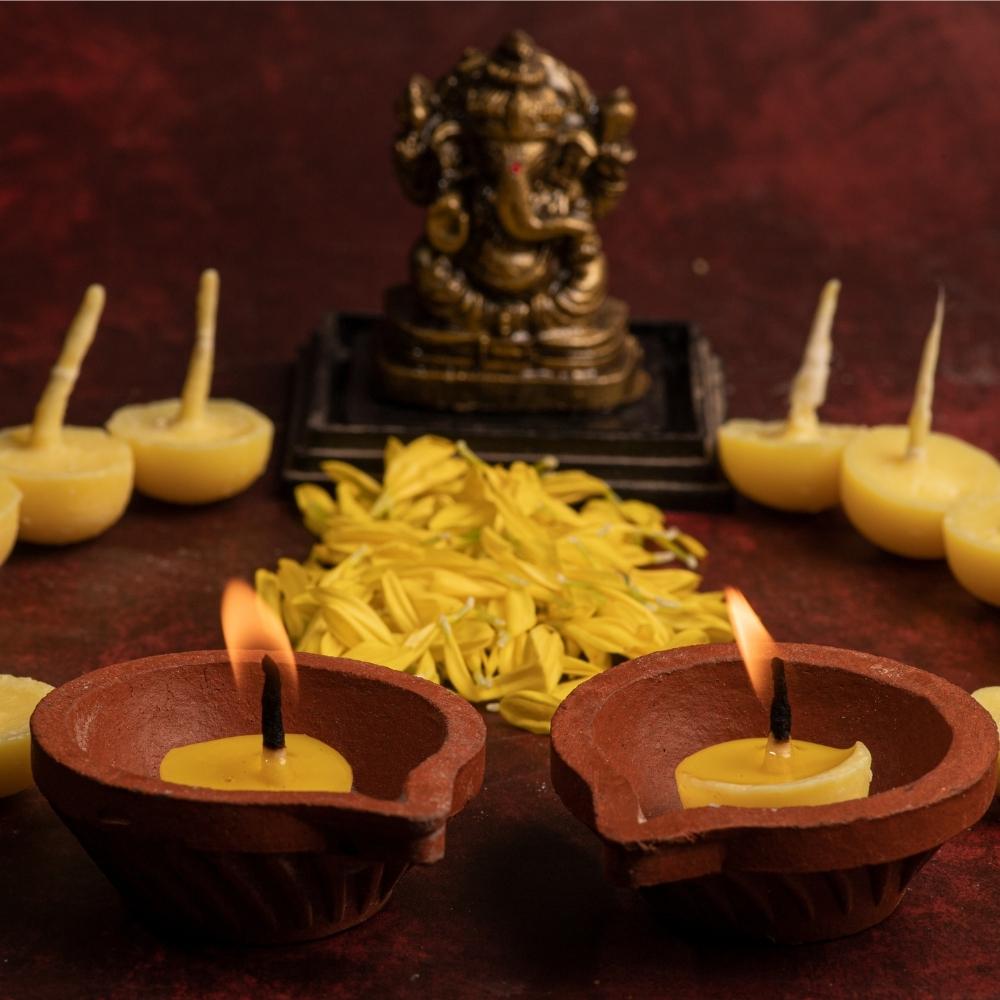A Beginner's Guide to Understanding Swaha

Have you ever heard the enchanting word "Swaha" whispered in the midst of a sacred ritual or yoga practice? This term holds a profound significance in the realm of spirituality, invoking a sense of reverence and devotion. Let us delve into the depths of this mystical word and uncover its hidden meanings.
What is the Origin of "Swaha"?
"Swaha" finds its roots in ancient Vedic texts, where it is used as an offering to the divine during fire rituals known as Yajnas. This Sanskrit term carries with it a sense of surrender and sacrifice, symbolizing the act of giving back to the universe with pure intentions.
How is "Swaha" Used in Rituals?
During a Yajna, the sacred fire is kindled, and offerings such as ghee, grains, and herbs are made into the flames with the utterance of "Swaha." This act is believed to purify the atmosphere and create a connection between the physical and spiritual realms, inviting blessings and divine energy into the space.
What Role Does "Swaha" Play in Yoga?
In the practice of yoga, "Swaha" is chanted as a mantra to invoke the transformative power of fire within the body. This mantra is said to ignite the internal fire of purification, burning away impurities and obstacles on the path to spiritual growth and enlightenment.
Why is "Swaha" Significant in Worship?
When used in worship, "Swaha" serves as a reminder of the cyclical nature of creation and destruction. By offering our prayers and intentions with the utterance of this sacred word, we acknowledge the impermanence of life and the eternal cycle of birth and rebirth.
So, the next time you hear the word "Swaha" spoken in a ritual, yoga class, or sacred ceremony, take a moment to reflect on its profound meaning. Allow the essence of surrender and devotion to permeate your being, connecting you to the divine in a way that transcends words.


